Disclaimer:
This article “Screening of Phytochemicals Present in Neem and Moringa Leaves and Assessment of Allelopathic Effect on Pea Seeds” is a publicly available summary created for educational and informational purposes only. It is based on the research study cited below, and all credit for the original work belongs to the respective author(s) and publisher(s). The summary is an independent interpretation and does not represent the views of the original authors or their affiliated institutions. The thesis hasn’t been published in any online media and the author encourage it be available only for information purposes.
Citation:
Senchuri, R., Adhikari, G., & Khanal, T. (2019). “Screening of Phytochemicals Present in Neem and Moringa Leaves and Assessment of Allelopathic Effect on Pea Seeds.” Agroecology Journal. Major Advisor: Subodh Khanal.
Overview:
Neem and Moringa are medicinally valuable plants commonly found in Nepal. This study examined their phytochemical composition and allelopathic effects on the germination and growth of pea seeds. Understanding these properties is essential for sustainable agriculture, natural weed control, and potential commercial use in medicinal applications.
Research Objective:
To identify and quantify key phytochemicals in Neem and Moringa leaves and evaluate their allelopathic effects on pea seed germination and growth.
Methodology:
- Design: Laboratory-based phytochemical screening and controlled allelopathy experiments.
- Samples: Dry and wet leaf extracts of Neem and Moringa collected from IAAS, Paklihawa.
- Techniques: Standard qualitative tests for alkaloids, tannins, phenols, terpenoids, saponins, carbohydrates, proteins, flavonoids, glycosides, and oils/fats; gravimetric methods for quantification of alkaloids and saponins. Germination, plumule, and radicle lengths of pea seeds were measured under varying extract concentrations.
Key Findings:
- Phytochemical Composition: Alkaloids, flavonoids, and saponins were present in all leaf extracts. Water (aqueous) extracts yielded the highest recovery due to its polarity; petroleum ether showed the least.
- Quantitative Analysis: Neem had higher alkaloid content (4.6%) compared to Moringa (1.06%), while Moringa had higher saponin content (7.94%) compared to Neem (2.94%).
- Allelopathic Effects:
- Neem extracts enhanced pea seed germination at low concentrations (up to 10%) but inhibited growth at higher concentrations.
- Moringa extracts significantly inhibited germination and growth, even at low concentrations, demonstrating strong allelopathic potential.
- Solvent Influence: Extraction efficiency varied by solvent; polar solvents like water extracted most metabolites effectively.
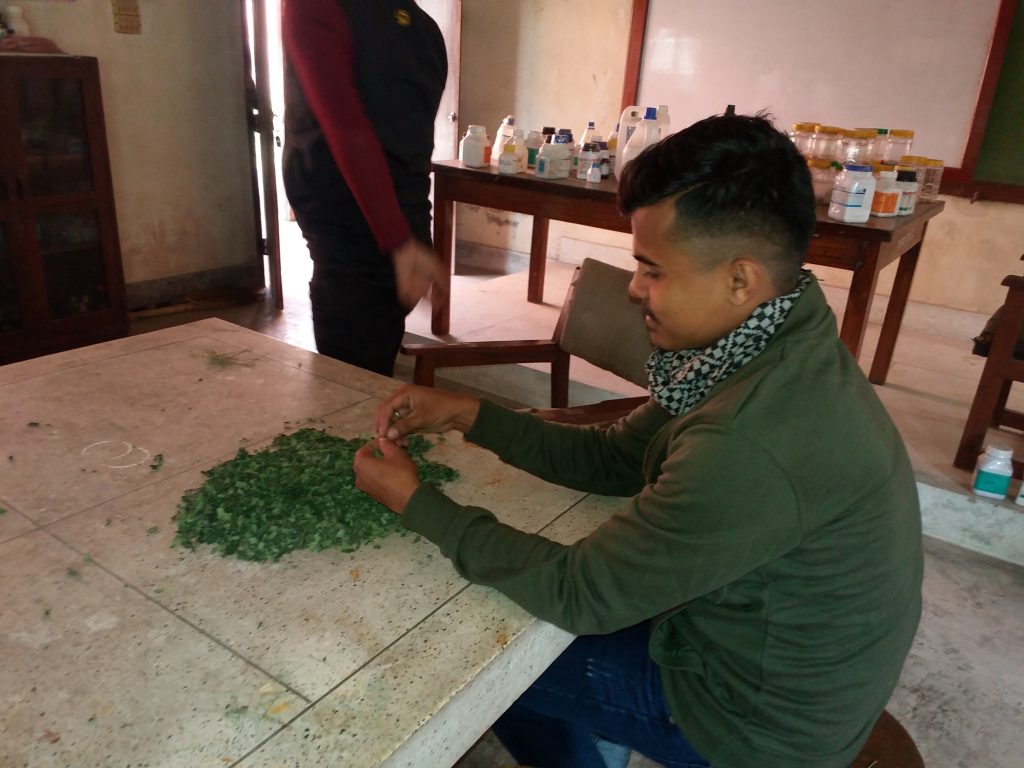

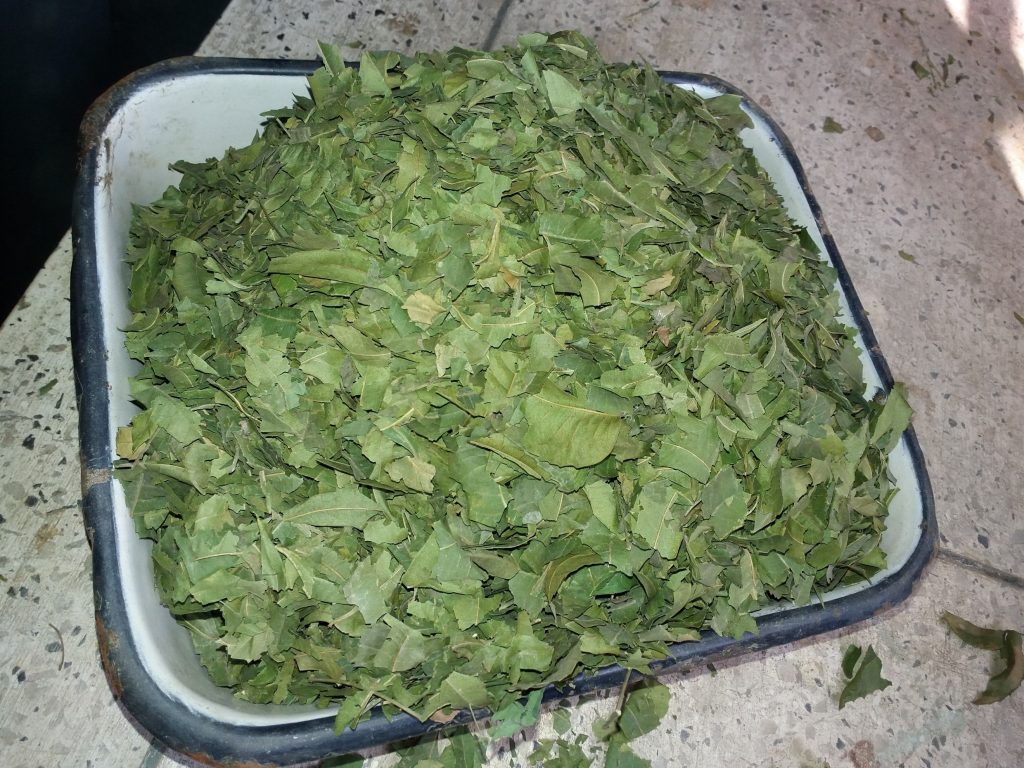
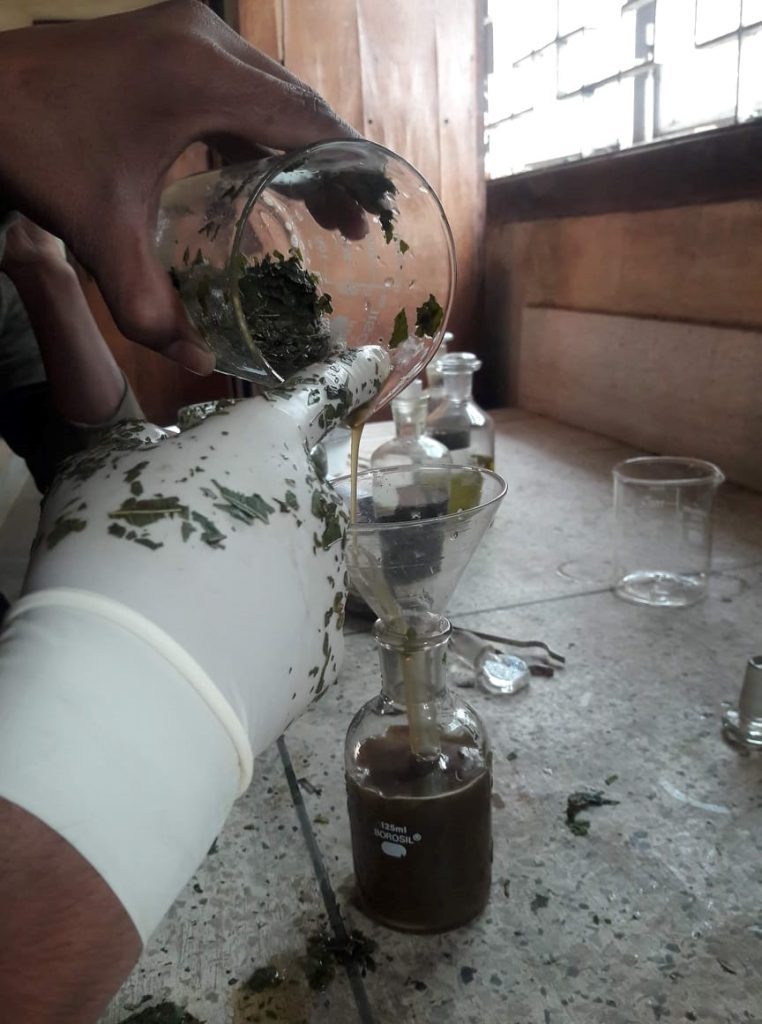
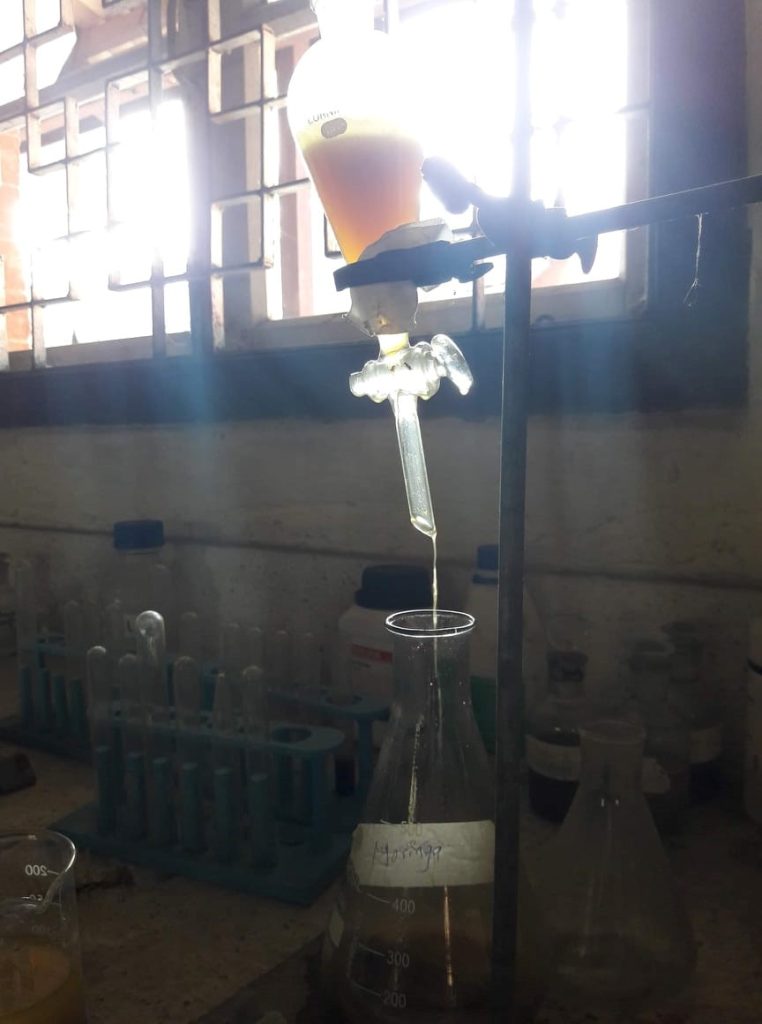
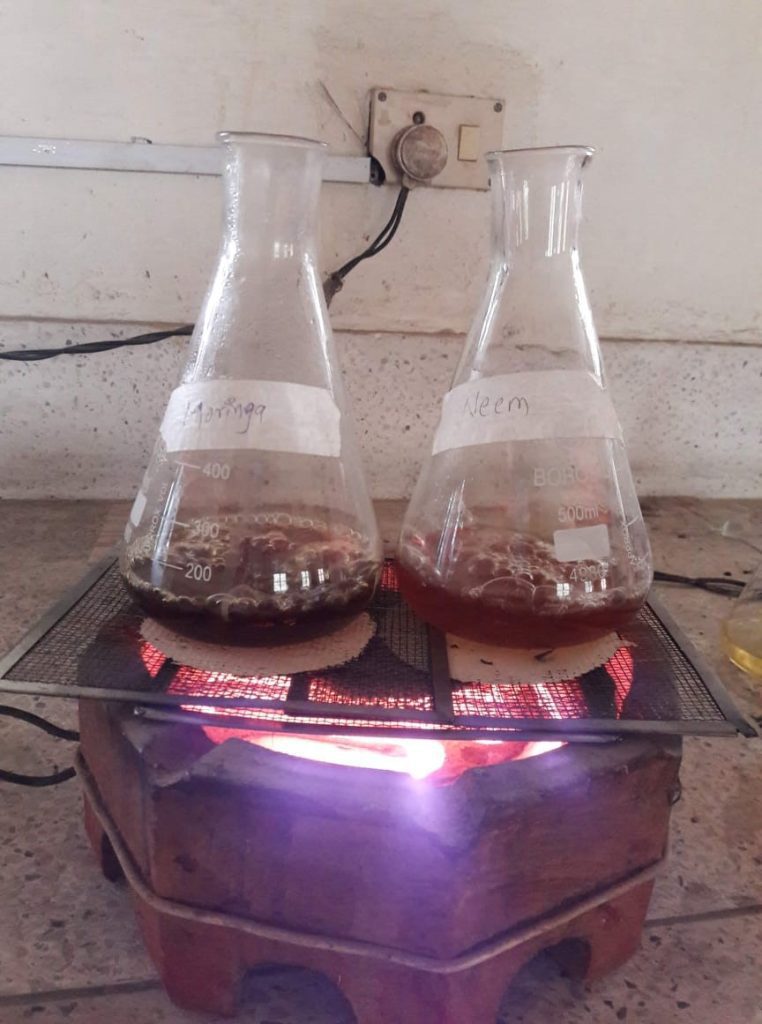
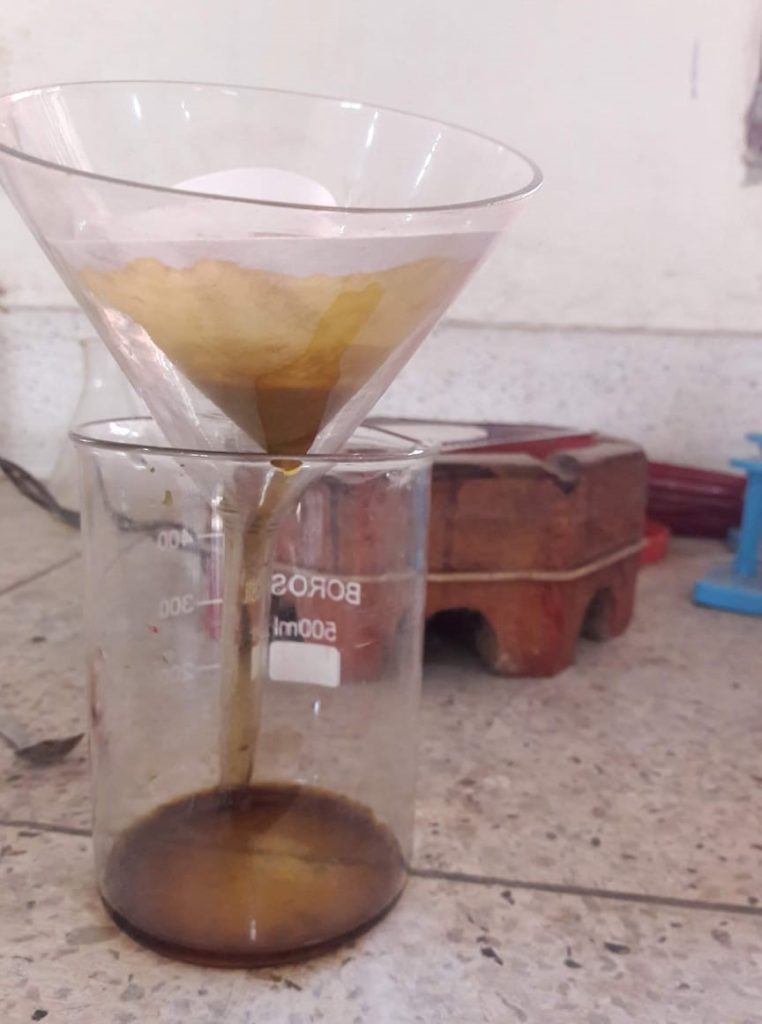

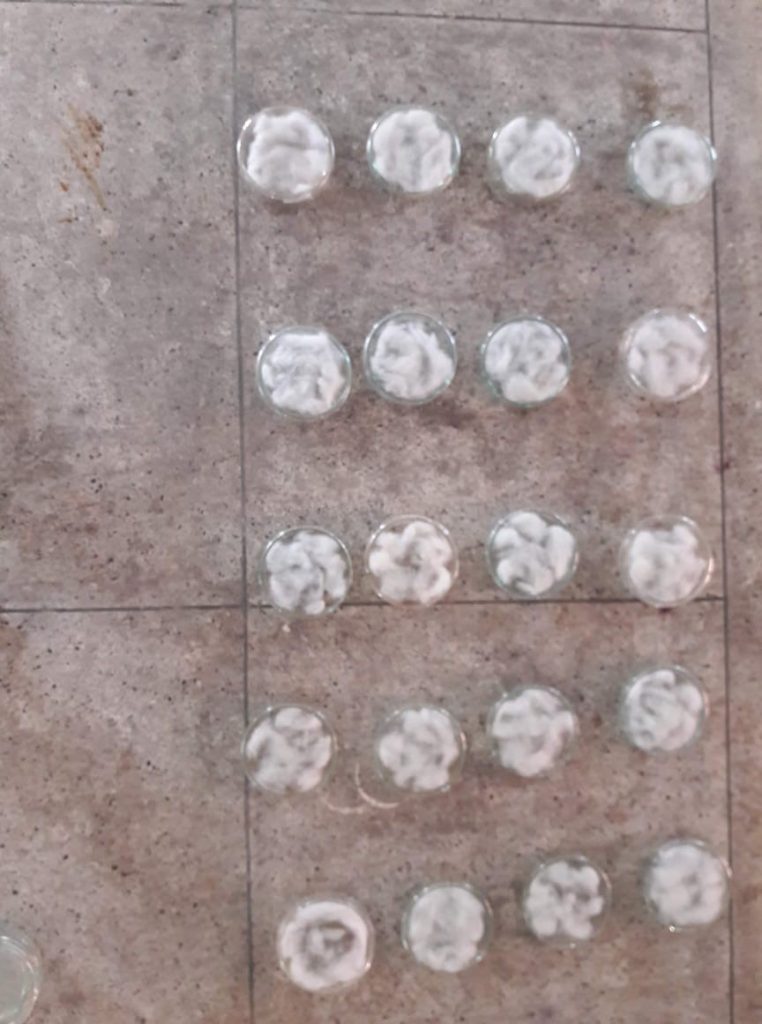
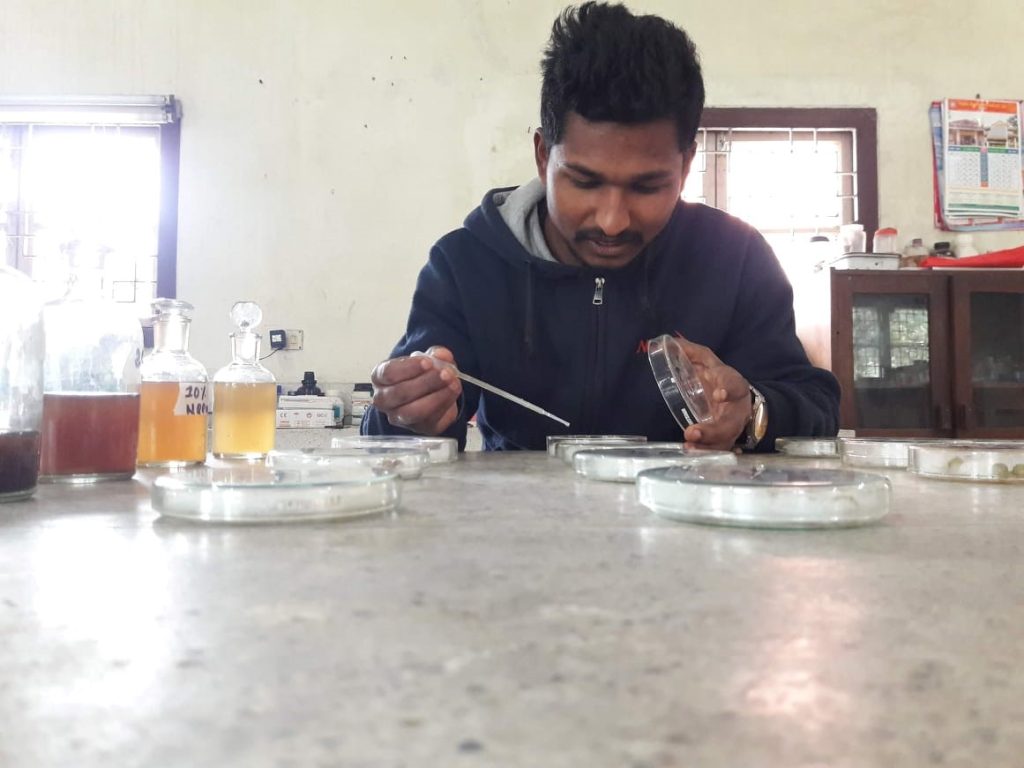

Implications for Practice & Policy:
- For Farmers: Low-concentration Neem extracts can enhance seed germination; Moringa can serve as a natural herbicide for leguminous weeds.
- For Researchers: Identifying bioactive compounds opens potential for medicinal and commercial applications.
- Policy: Promoting locally available plants like Neem and Moringa can reduce chemical pesticide use and encourage sustainable farming practices in Nepal.
Commentary:
This study provides a thorough laboratory-based analysis of commonly available Nepali medicinal plants. Strengths include comparison of dry vs wet extraction and multiple solvent types. Limitations include absence of large-scale field trials and limited quantification to only alkaloids and saponins. Future research could explore other bioactive compounds and optimize application rates for field conditions. These findings connect well with broader research on natural herbicides and phytochemical utilization in agriculture
Want to Dive Deeper in Writing Research writing?
Join our full Dissertation Writing Series at Pedigogy.com — designed specifically for Nepali agriculture and veterinary students preparing for research, Master’s entrance exams, or PSC interviews. Interested candidates, can Enroll in the full course on Mastering Technical writing here: https://pedigogy.com/courses/mastering-technical-writing-with-rahul-a-researchers-essential-guide/. For similar articles, you can also follow Rahul Senchuri in Academia and LinkedIn.


